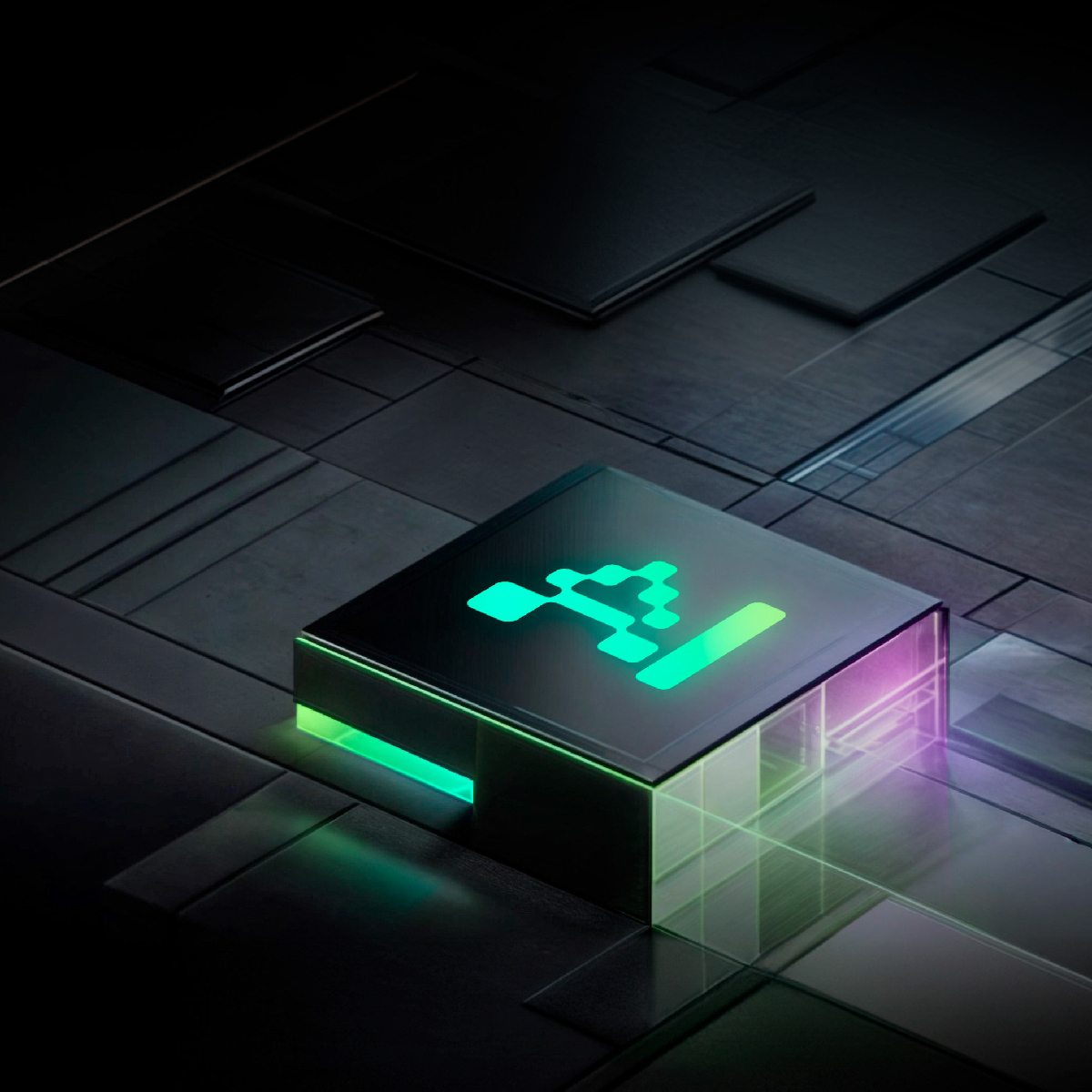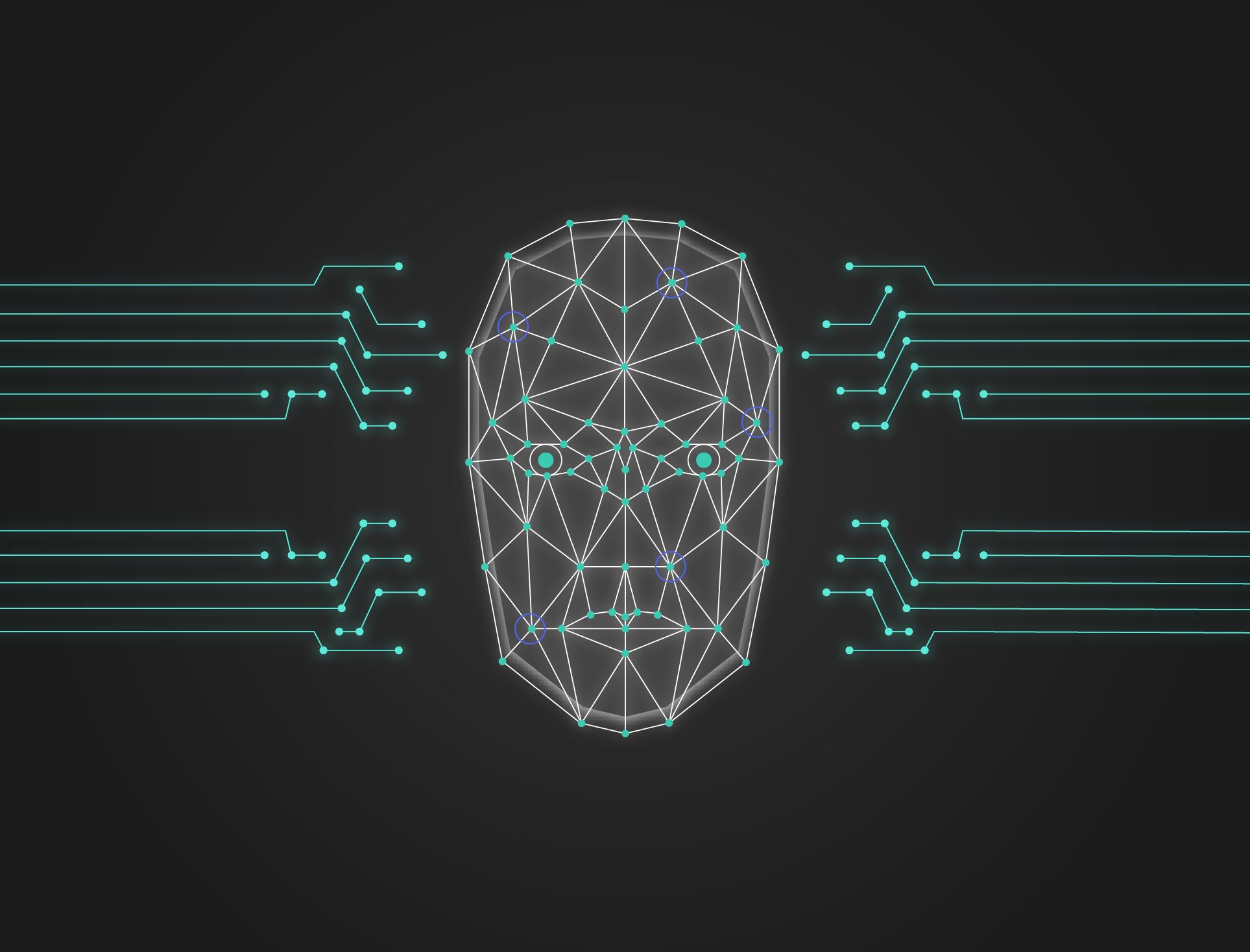Join our newsletter



Deepfakes, those hyper-realistic manipulated videos, and audio recordings, are becoming increasingly sophisticated. In today's digital age, where information travels like wildfire, discerning truth from fiction is crucial. So, how do we spot these cleverly crafted forgeries in 2024? Let's delve into the world of deepfakes and equip ourselves with detection skills.
Deepfakes leverage artificial intelligence (AI) to seamlessly stitch together pieces of existing content, creating entirely new narratives. These can be used for entertainment purposes, but malicious actors often exploit them to spread misinformation or damage reputations.
While deepfakes are getting better, they still leave behind some red flags. Here are some key areas to scrutinize:
Unnatural Expressions: Watch for awkward lip movements or a lack of blinking. Deepfakes often struggle to replicate the subtle nuances of human facial expressions.
Scrutinize the Details: Zoom in on high-resolution videos (if available) and examine details like hair reproduction and skin texture. Deepfakes often struggle with these finer points.
By equipping ourselves with these tools, we can become more discerning consumers of information and combat the spread of deepfakes in 2024 and beyond.